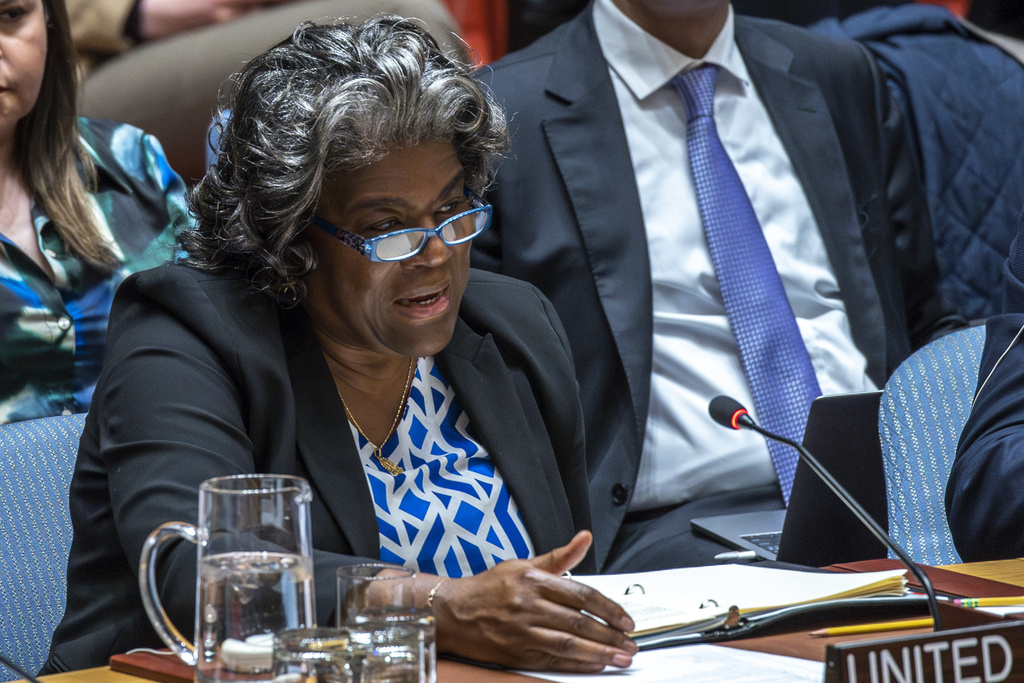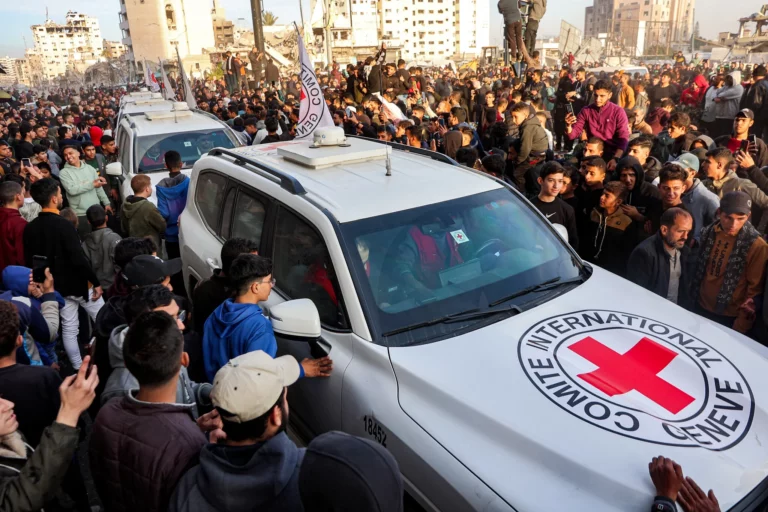The General Assembly approved the first United Nations resolution on artificial intelligence Thursday, giving global support to an international effort to ensure the powerful new technology benefits all nations, respects human rights and is “safe, secure and trustworthy.”
The resolution, sponsored by the United States, was adopted by consensus with a bang of the gavel and without a vote, meaning it has the support of all 193 U.N. member nations.
U.S. National Security Advisor Jake Sullivan said earlier this month that adoption of the resolution would be a “historic step forward” in fostering the safe use of AI.
The resolution “would represent global support for a baseline set of principles for the development and use of AI and would lay out a path to leverage AI systems for good while managing the risks,” he said in a statement to The Associated Press.
The resolution aims to close the digital divide between rich developed countries and poorer developing countries and make sure they are all at the table in discussions on AI. It also aims to make sure that developing countries have the technology and capabilities to take advantage of AI’s benefits, including detecting diseases, predicting floods, helping farmers, and training the next generation of workers.
The resolution recognizes the rapid acceleration of AI development and use and stresses “the urgency of achieving global consensus on safe, secure and trustworthy artificial intelligence systems.”
It also recognizes that “the governance of artificial intelligence systems is an evolving area” that needs further discussions on possible governance approaches.
Big tech companies generally have supported the need to regulate AI, while lobbying to ensure any rules work in their favor.
European Union lawmakers gave final approval March 13 to the world’s first comprehensive AI rules, which are on track to take effect by May or June after a few final formalities.
Countries around the world, including the U.S. and China, and the Group of 20 major industrialized nations are also moving to draw up AI regulations. The U.N. resolution takes note of other U.N. efforts including by Secretary-General Antonio Guterres and the International Telecommunication Union to ensure that AI is used to benefit the world.
Sullivan told AP the United States turned to the General Assembly “to have a truly global conversation on how to manage the implications of the fast-advancing technology of AI.”
The resolution encourages all countries, regional and international organizations, tech communities, civil society, the media, academia, research institutions and individuals “to develop and support regulatory and governance approaches and frameworks” for safe AI systems.
It warns against “improper or malicious design, development, deployment and use of artificial intelligence systems, such as without adequate safeguards or in a manner inconsistent with international law.”
A key goal, according to the resolution, is to use AI to help spur progress toward achieving the U.N.’s badly lagging development goals for 2030, including ending global hunger and poverty, improving health worldwide, ensuring quality secondary education for all children and achieving gender equality.
The resolution calls on the 193 U.N. member states and others to assist developing countries to access the benefits of digital transformation and safe AI systems. It “emphasizes that human rights and fundamental freedoms must be respected, protected and promoted through the life cycle of artificial intelligence systems.”
U.S. Ambassador Linda Thomas-Greenfield told AP last week that the resolution “aims to build international consensus on a shared approach to the design, development, deployment and use of AI systems,” particularly to support the 2030 U.N. goals.
If adopted, she said, it will be “an historic step forward in fostering safe, security and trustworthy AI worldwide.”
(AP)












One Response
AI is just another computer program, and no computer program is any better or safer than the human who wrote the program (cf: the article on the computer program that wanted to cremate children, elsewhere on that page).